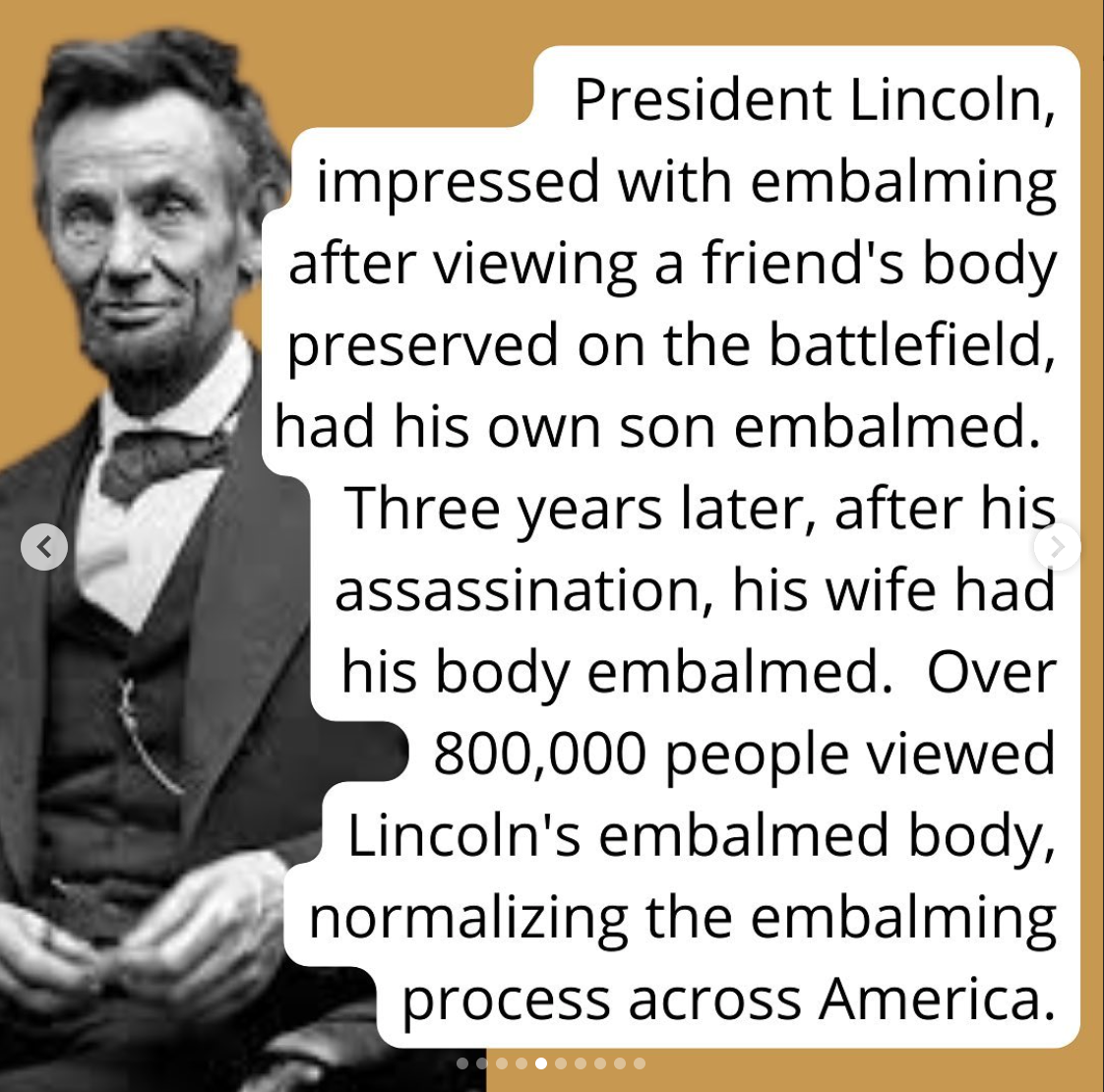Why consider a home funeral?










Training to be a home funeral guide was a part of my Death Midwifery apprenticeship. Surprisingly, it has been one of my least-considered services by my local community, even when I serve a family as their death midwife. The question of “Why?” led me to research the evolution of the American funeral, from our roots as new colonies to the modern death care movement monopolized by the Funeral Industry today.
We didn’t always outsource care of the dead to the “professionals”. In fact, prior to the Industrial Revolution, care of the dying and care of the dead were done completely in-home and was provided by family and community members. Midwives, who attended births and cared for its labor, also attended deaths and cared similarly for its labor. When the person died, they were kept in the home (often moved to the parlor and laid upon the dining table), and were attended by the hands of their loved ones. With the help of midwives and shrouding women, we washed our own dead, closed their eyes, dressed their bodies, scented them with herbs from our kitchens and gardens. We then invited in those who knew our dead to lay eyes upon them before burial. The shrouded body was carried by men in the community to hand-dug graves on family property or in community graveyards. Care of the dying and care of the dead were performed at home.
With the Industrial Revolution came a push out of villages and into cities. With it, the development of new industries and professions. Suddenly, all of the community-supported roles (midwife, shrouding woman, cabinet maker, sexton) were relegated to the work of “funeral directors” and women were considered “too delicate” to participate.
The Civil War left over 650,000 dead young men on battlefields across the country, often far from home. Long train rides, especially in the height of summer, meant bodies needed preservation to reach their families intact. Funeral Directors began re-inventing the Egyptian process of embalming on the battlefield, concoting preservatives to aid in delaying decomposition of the bodies.
One body preserved on the battlefield was of President Abraham Lincoln’s law clerk and friend, Colonel Elmer E. Ellsworth. Upon viewing his embalmed body, Lincohn was “astounded by the results”. So much so that when his own son died of Typhoid, Lincoln had him also embalmed. Just three years later, Mary Todd Lincoln also had her husband embalmed when he was assassinated. His funeral procession across the Union allowed over 880,000 people to view his embalmed body, normalizing the embalming process and serving as excellent marketing for the fledging profession that was outsourcing death to freshly en vogue funeral homes.
But profit over people causes inevitable gaps in care and in 1963, Jessica Mitford published an explosive critique of the modern funeral care industry. In it, she called for equal access to death care for all Americans and a value of quality over profit within the industry. Lobbying groups representing the funeral industry began to petition state legislatures to protect their role and industry from competition as criticism mounted.
Though there are often articles exposing exploitation within the funeral industry, protection of funeral directors has been codified into law. For example, in 2007 Louisiana’s State Board of Embalmers and Funeral Director’s voted to ban a local monastery from selling its handmade caskets for $2,000. Nearly every state has similar laws protecting funeral homes from competition and from lowering their prices.
Today, the modern American Funeral Industry is a $20 billion dollar industry (2021) performing over 2.4 million funerals each year. The average cost has risen to $9,000 though the Social Security Administration only offers assistance of about $255 per person to those in need of assistance.
Deathcare is monopolized by share-holder driven companies such as Service Corporation International, the largest funeral provider in North America. Service Corp operates over 1500 funeral homes and over 500 cemetaries, comprising 16% of the market share. Furthermore, Service Corp’s prices are 47-72% higher than family-owned competitors and their investors have seen over 150% gains in stock over the past five years.
A 2020 investigation found that over 19% of traditional funeral homes across 5 states failed to properly disclose adequate pricing information. This is important because most families call only one funeral home and do not price-shop or use other comparative market tools. Additionally, 82% of all casket sales happen at funeral homes though prices are often marked up over 200%.
Exploitation of people isn’t the only damage of the modern funeral industry, it is also guilty of exploiting the Earth and her resources. Traditional burial pours 1.6 million pounds of reinforced concrete a year into the Earth and 800,000 gallons of the carcinogen formaldehyde. Lobbying to prevent environmental protection keeps traditional burial facilitated through modern funeral homes as the national standard.
This market share is protected by state legislatures. Lobbyists have guaranteed green and eco-burial providers are prevented from entering the market place by pushing “ready-to-embalm” laws. These laws require access to embalming rooms, even though more than half of all Americans are choosing cremation, of which embalming is largely unnecessary. Eco-friendly options would not have these rooms and are thus prevented from even selling caskets or referring to themselves as funeral homes.
So why aren’t more people considering home funerals as an option for honoring their dead? Perhaps knowledge is power and most don’t realize that the gold standard in America is not the only option and often not even the best. It’s my hope that in gathering this data, universally accessible funeral care focused on quality and not profit becomes the norm for all Americans.
Sources I read to create this content:
National Home Funeral Alliance
Eric Boehm’s article “Grave Robbers: Anti-Competitive Regulations for the Dead” for Foundation for Economic Education
“The Undertaker’s Racket” by Jessica Mitford in the Atlantic (1963)
Eleanor Cummins article for Wired Magazine, “How ‘Big Funeral’ Made the Afterlife So Expensive”
Caitlin Doughty’s LitHub article “How Death Became Big Business in America”
“Last Rites: The Evolution of the American Funeral” by Todd Harra
National Funeral Director’s Association, Statistics
